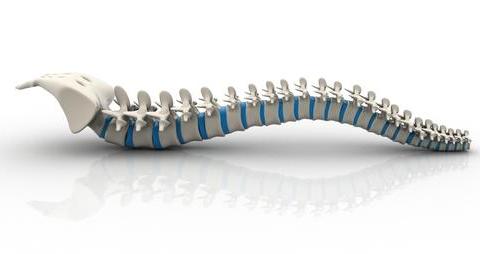Can an Algorithm Replace Your Spinal Cord?

What’s the Latest Development?
Researchers at Northwestern University have decoded how the brain signals intention and used that information to reanimate limbs which no longer function due to a spinal cord injury. By recording a monkey’s brain activity while grasping a ball, scientists were able to create an algorithm that described how the monkey’s arm responded to the brain’s command. Then scientists reversibly paralyzed the monkey’s arm and placed electrodes at specific points along the limb’s muscle. When electricity was sent through the electrodes, following the dictates of the scientists’ algorithm, the monkey grasped the ball despite being paralyzed.
What’s the Big Idea?
The ability to decode the brain’s electrical signals into mathematical patterns promises to allow humans to control a variety of machines simply by thinking about them. While past research has focused on using the brain’s signals to control robotic prostheses, Northwestern’s experiment is the first to bypass the spinal cord as the distributor of the brain’s commands. Given the complexity of human movement, scientists hope to concentrate on using electrical signals to activate peripheral motor nerves rather than individual muscles, requiring less invasive procedures for when the technology is applied to humans.
Photo credit: Shutterstock.com





